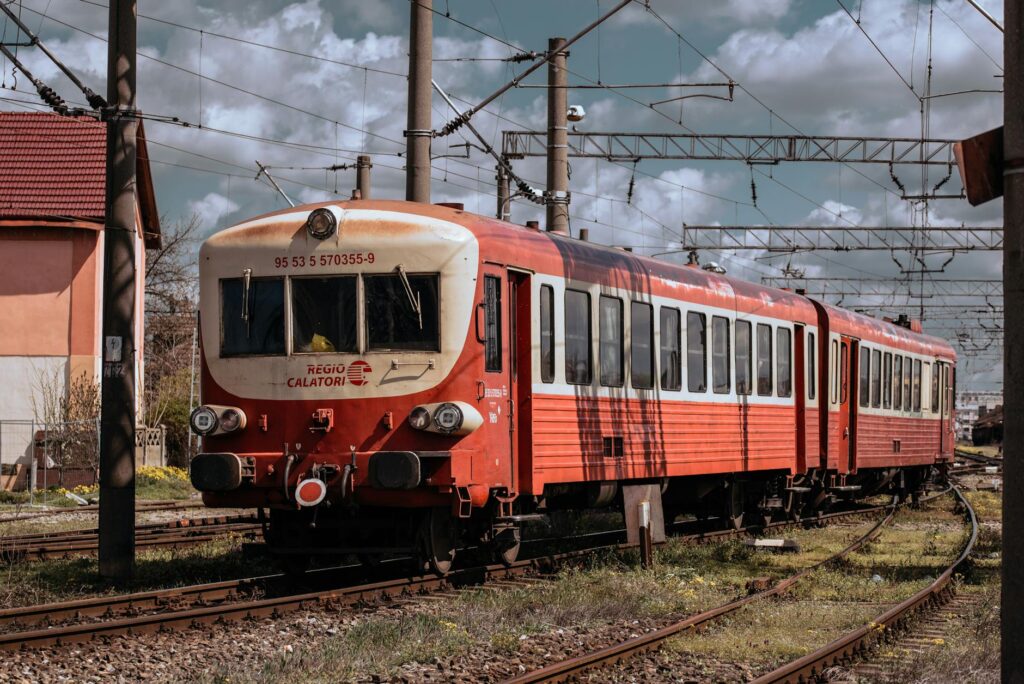Railcar inspections are no small task. They are a crucial part of ensuring the safety and efficiency of the rail transport system. Whether you’re new to the rail industry or a seasoned professional, having a comprehensive inspection checklist is essential. It’s not just about ticking boxes—it’s about keeping people safe, ensuring cargo arrives intact, and maintaining the reliability of the entire railway network.
The Purpose of a Railcar Inspection Checklist
Before diving into the specifics, let’s talk about why a railcar inspection checklist is so important. Railcars are subjected to harsh conditions, heavy loads, and constant movement. This wear and tear can lead to significant safety issues if not regularly monitored and addressed. A well-crafted checklist ensures that every component of the railcar is inspected thoroughly, from the brakes to the wheels, to the overall structural integrity.
But it’s not just about safety. A good checklist helps in identifying potential problems before they become costly repairs or, worse, cause a derailment. Plus, it helps streamline the inspection process, ensuring that nothing is overlooked, even on the most routine checks.
Key Components of the Checklist
1. Structural Integrity
Frame and body – The first thing to check is the overall condition of the railcar’s frame and body. Look for any signs of cracks, corrosion, or other damage that could compromise the car’s structural integrity.
Doors and hatches – Ensure that all doors, hatches, and covers open and close properly. They should be secure and free of any damage that could lead to leaks or cargo loss during transit.
2. Wheels and Axles
Wheel condition – Inspect wheels for any wear, flat spots, or cracks. Properly maintained wheels are crucial for smooth operation and safety.
Axle condition – Examine the axles for signs of wear or damage. Faulty axles can lead to derailments, which is why this step is so important.
3. Brake System
Brake pads – Check the brake pads for wear. Worn-out pads need to be replaced to ensure the railcar can stop effectively when required.
Brake lines – Inspect brake lines for leaks or damage. Any issues here could lead to brake failure, which is a significant safety risk.
4. Couplers and Draft Gear
Coupler condition – Ensure that the couplers are functioning correctly. They need to be secure to prevent cars from uncoupling during transit.
Draft gear condition – Check the draft gear for wear and proper operation. This gear absorbs the shocks during coupling and uncoupling, so it needs to be in good condition.
5. Suspension System
Spring and shock absorbers – Inspect the suspension system, including springs and shock absorbers, for signs of wear or damage. These components ensure a smooth ride and reduce wear on the railcar and tracks.
Bolster and side bearings – Ensure that the bolster and side bearings are in good condition and properly aligned. Misalignment can lead to excessive wear and potential derailment.
6. Loading and Securing Mechanisms
Load securement – Inspect all mechanisms used to secure cargo. Whether it’s straps, chains, or clamps, they should all be in good working order to prevent cargo from shifting or falling during transport.
Weight distribution – Check that the cargo is evenly distributed across the railcar. Uneven loads can cause stability issues, leading to derailments or damage to the cargo.
7. Safety Equipment
Handrails and ladders – Ensure all handrails and ladders are secure and free from rust or damage. These are essential for the safety of workers during loading, unloading, and inspections.
Emergency equipment – Verify that all emergency equipment, such as fire extinguishers and first-aid kits, is present and up to date. This is often overlooked but crucial in case of an emergency.
The Importance of Consistency and Documentation
A checklist is only as good as its consistency. It’s vital to perform inspections regularly and in the same manner each time. This consistency ensures that all aspects of the railcar are inspected and that nothing is missed. Equally important is documenting the results of each inspection. This documentation can serve as a record of maintenance, help identify patterns of wear and tear, and provide evidence of compliance with safety regulations.
Keeping the Checklist Up to Date
Railcar technology and regulations are constantly evolving. To maintain a successful inspection process, it’s essential to keep the checklist up to date. This means regularly reviewing the checklist and adjusting it as necessary to reflect new regulations, industry standards, or changes in the railcars being used. It’s also wise to consult with industry experts or use feedback from inspectors to refine and improve the checklist continually.
Final Thoughts
A railcar inspection checklist is more than just a formality—it’s a vital tool in ensuring the safety, reliability, and efficiency of rail operations. By paying close attention to each of the elements outlined above and staying consistent in your inspections, you can catch potential problems before they become costly or dangerous. Remember, a well-maintained railcar is a safe railcar, and a thorough inspection checklist is your first line of defense. So, make sure your checklist is comprehensive, up-to-date, and followed rigorously every time.

